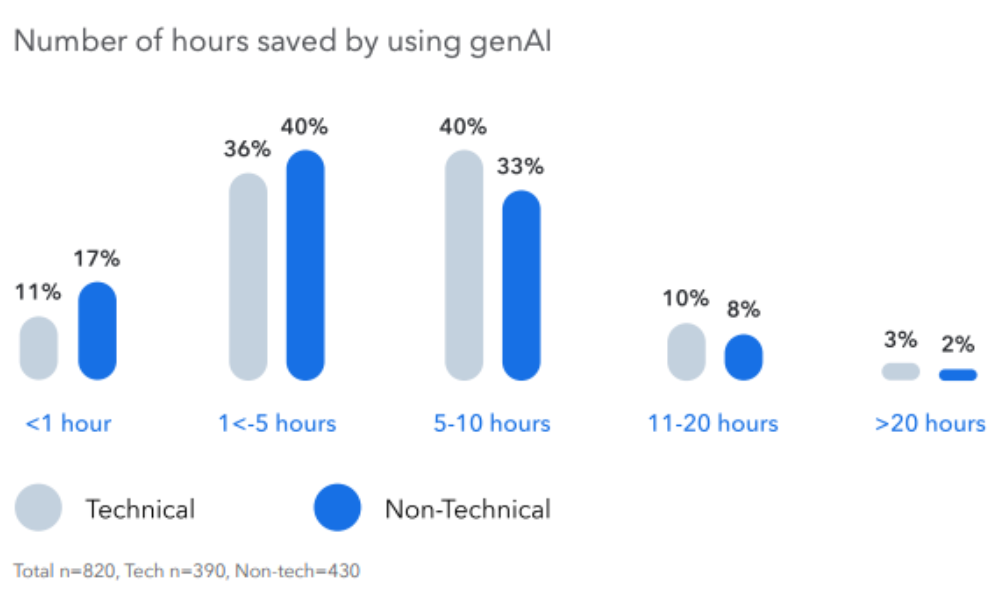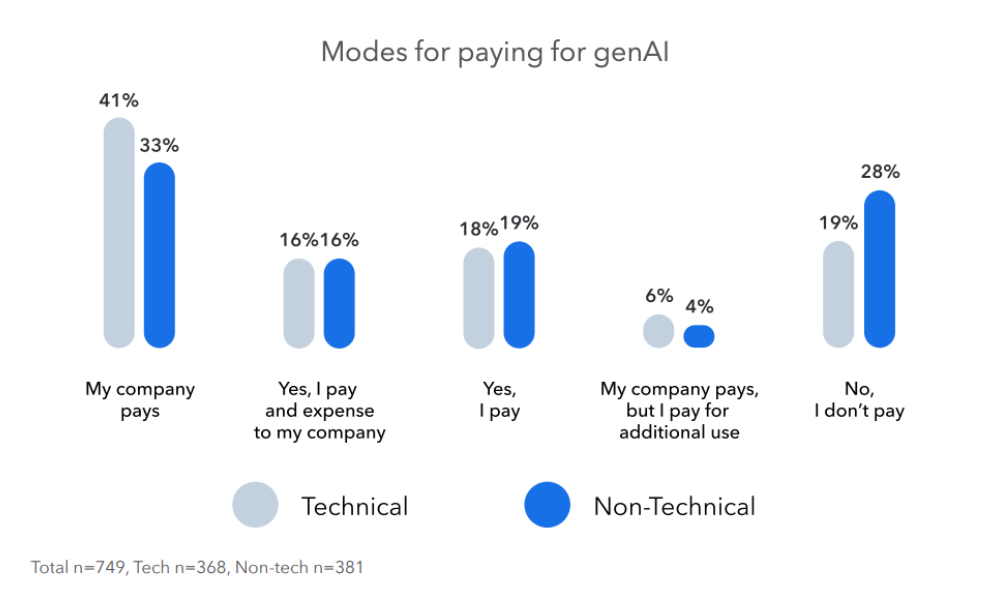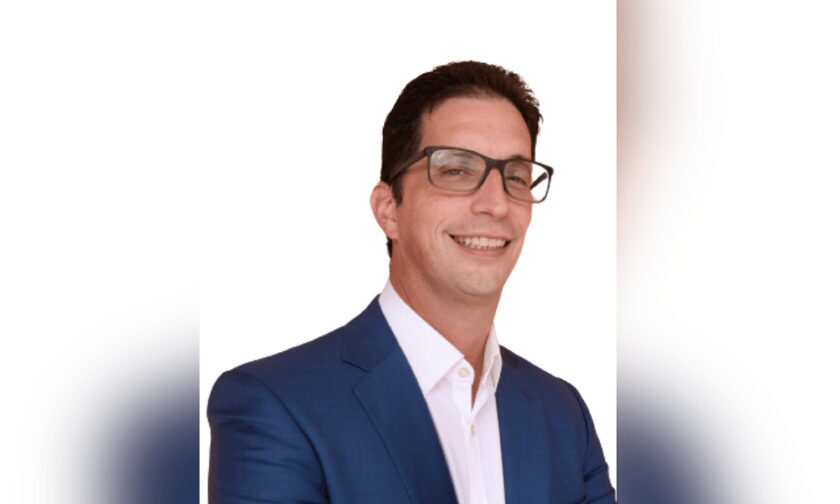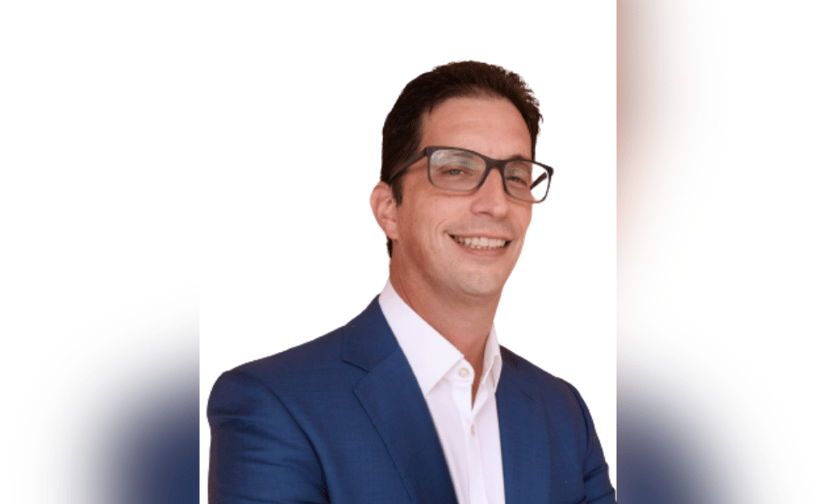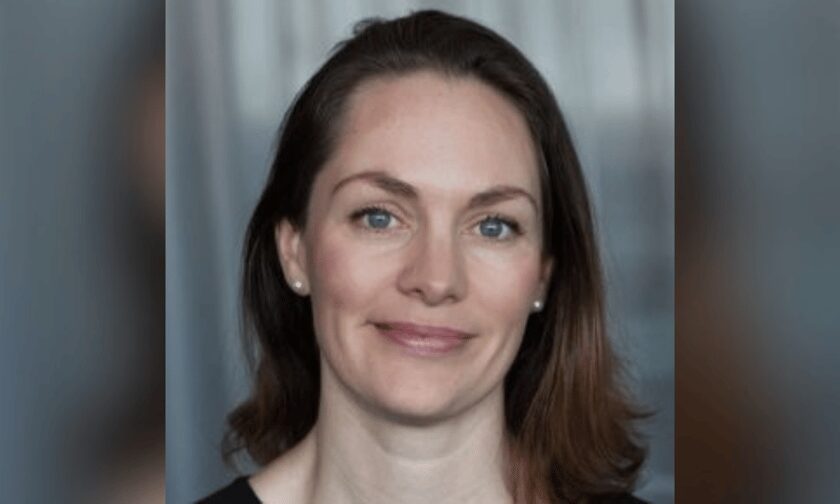
Appointee has been advancing sustainability strategy since joining the company
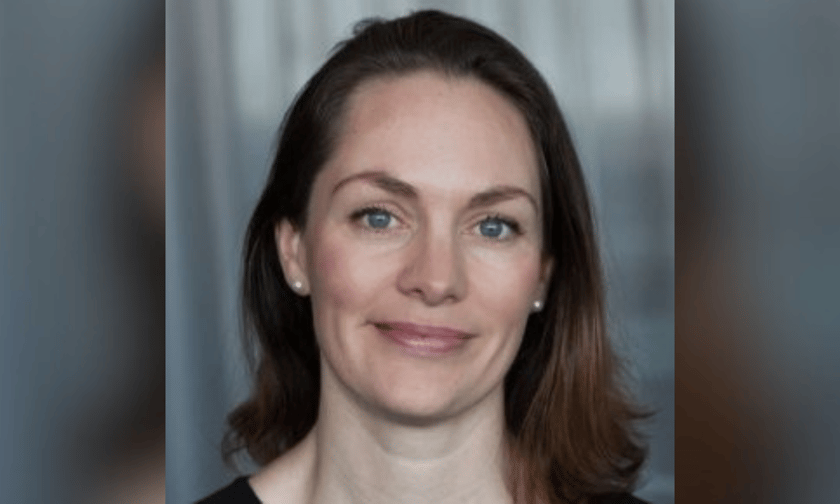
Schroder’s new role includes overseeing sustainability governance, implementing related strategies, tackling human rights and modern slavery initiatives, and steering social impact via the QBE Foundation.
Who is Nicola Schroder?
Schroder (pictured) brings two decades of experience in various sectors, including insurance, engineering, property, and banking. During her tenure at QBE, she has advanced its sustainability agenda, most recently as head of environment and transition, where she developed a net-zero operations roadmap.
Schroder holds a bachelor of science and a master’s degree in environment, governance, policy, and communication from the University of Melbourne.
She also chairs the Insurance Council of Australia’s (ICA) Net Zero Working Group, serves on the UNEPFI Principles for Sustainable Insurance board, and is part of QBE’s AUSPAC Foundation Committee and the ICA’s Climate and Resilience Committee.
Nicola Schroder’s contributions to QBE
Viv Bower, QBE’s group executive for corporate affairs and sustainability, noted Schroder’s significant contributions over the past five years, particularly her leadership in driving the company’s sustainability strategy.
“Nicola has been instrumental in driving our sustainability initiatives over the last 5 years. Her deep expertise and leadership will be invaluable as we continue to integrate sustainability across the enterprise,” Bower said. “Together with our dedicated team, Nicola will play a key role in advancing our sustainability agenda.”
QBE is now recruiting to fill Schroder’s previous position.
Related Stories
Keep up with the latest news and events
Join our mailing list, it’s free!

This page requires JavaScript










